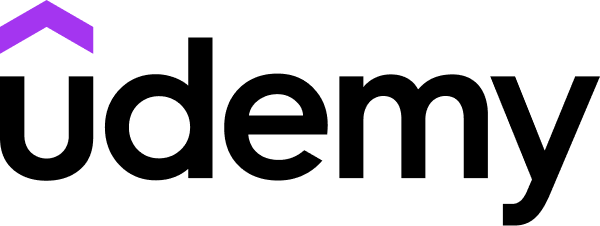Overview
Data analysis is inextricably linked with maths. While statistics are the most important mathematical element, it also requires a good understanding of different formulas and mathematical inference.
This course is designed to build up your understanding of the essential maths required for data analytics. It’s been designed for anybody who would like to refresh their maths knowledge or learn it in a simplified way before embarking on further data analytics training.
Build your knowledge of basic statistics
Explore summary statistics and learn how to make statistical predictions so that you can analyse data across any field or discipline. You’ll discover how to apply statistical methods to your data, and will practice the formula required to do that so that you can analyse and understand your data sets.
Understand simple mathematical notation
Mathematical notations include numbers, variables, delimiters, functions, relational symbols, and operator symbols. You’ll learn basic notation and expressions, and find out how they are applied to Excel formulas to complete simple calculations.
Apply your maths to business forecasting methods
Once you have a good understanding of the maths behind it, you’ll move onto forecasting future trends using your data. You’ll apply inferential maths to your data sets and calculate business metrics and KPIs to turn your new knowledge into genuine business value.
This course is for anybody who would like to refresh their maths, statistics, and mathematical notation in order to be a better data analyst. This may include aspiring data analysts or new managers who need to upskill to understand the data within their business.
The upgrade version of this course will include all the required CloudSwyft Hands-On Lab practice environments to be used by students and learners on this course, powered by CloudSwyft.
You will need a computer running Windows, Mac OSX or Linux, and a web browser.


